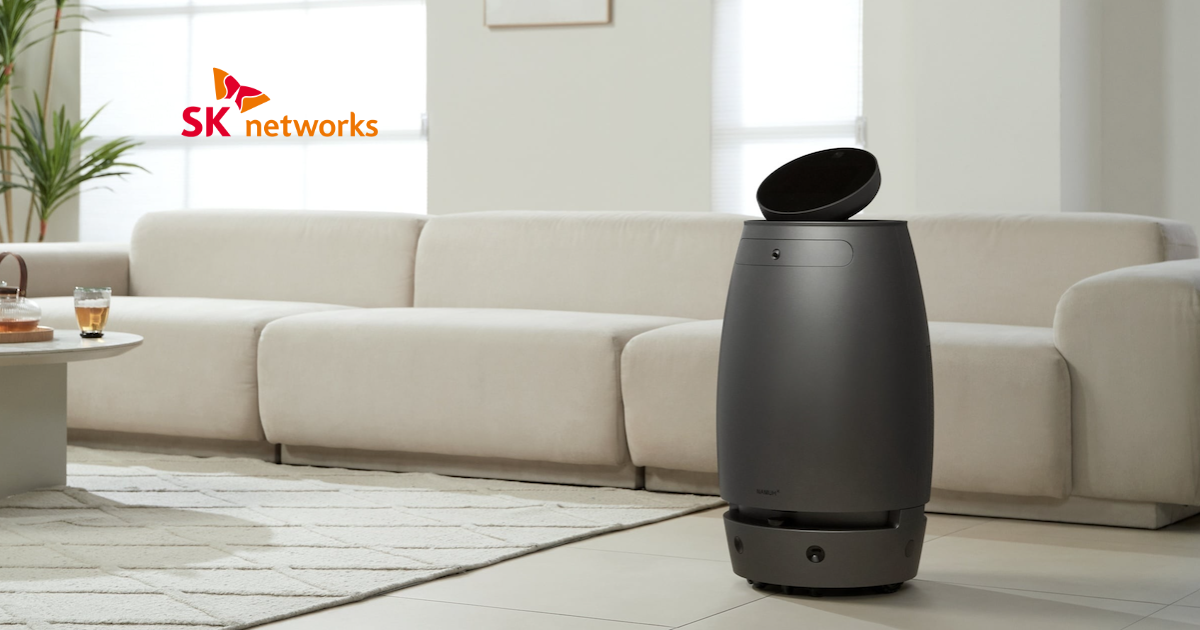The metaverse has opened new ways to interact in our everyday lives and business. Speech recognition is an integral part of this technology and will play an even more critical role in the future. We must continue to innovate voice technology to improve user experience, whether in the real world, metaverse, or mixed reality.

The metaverse is a virtual world where people can create and share 3D or virtual environments. While long the domain of gamers, enterprises are now exploring using the metaverse to enhance their business processes and improve customer engagement.
Speech recognition is a critical part of the metaverse, especially in mixed reality environments — where virtual intersects with real worlds, like in online video meetings. Accurate speech recognition technology can help businesses improve communication and collaboration among employees and customers.
However, speech recognition systems do not work as they should in real-world applications. Background noise, interfering signals, and multiple people talking at the same time impede accuracy. Add these same difficulties to the metaverse and mixed environments, and problems will ensue.
In this article, we explore how enterprises can use the metaverse, the role of voice technology in the metaverse and mixed environments, and how accuracy is critical to ensuring successful voice interactions in all worlds.
What is the Meta-Verse, and What Does it Mean For Enterprises?
The term metaverse is most commonly known as a virtual world for gamers. But now, it has grown to include an all-encompassing multiverse where the real and the virtual worlds come together to provide entertainment and where enterprises can connect with customers and partners in a new way.
Enterprises can use the metaverse to explore possibilities and find fresh ideas and innovations. Businesses can also test real-world situations using virtual reality and then adapt and improve the results. By doing this, they can stay ahead of their competitors and one step ahead of potential threats.
Examples of Mixed Environments or Augmented Reality
In the real world, people can visit different places and meet other people. In the metaverse, people can also go to different places and meet others, but they interact virtually.
Mixed environments, or augmented reality, is a hybrid environment where elements of the natural world and the metaverse exist together. Examples of mixed environments include online social networks, video games, and the Internet.
Social Media
Social media platform Snapchat uses augmented reality with its filters. A face is detected using artificial intelligence, and filters are overlaid onto the actual image, augmenting or replacing features.

Business Applications
Microsoft’s Hololens technology is another form of mixed or augmented reality. Users wearing a headset can levitate their desktop applications spatially and interact with them using voice commands, head tracking, or gesture recognition.
Other examples include remote working, wherein employees and managers conduct business meetings via audio or video.

Sports
The sports world has employed augmented reality for training and even calling out plays and scoring.
Technology company Sense Arena offers a tennis version of its hockey virtual reality product to help players warm up and for reaction time drills.
Tennis player Linda Fruhivirotova has used the virtual reality headset for a year.
The U.S. Open employs augmented reality to make line calls during tournaments. The tournament used Hawk-Eye Live full-time during the pandemic to avoid in-person contact. Now its electronic voice systems are used on all its courts.
The system uses cameras linked to computers that track the ball to make in or out calls. It also calls foot faults. Pre-recorded voices are triggered depending on the outcome. The Australian Open started using the system full-time in 2021.
How Enterprises Will Use the Metaverse
Using the Metaverse for Training
There are many potential applications for virtual reality in the business world. One such application is training. Enterprises can use virtual reality to train employees in various customer service and technical skills.
Businesses can use virtual reality to create realistic simulations of different work environments. This use can be helpful in training employees who may need to gain experience with a particular type of work environment. For example, warehouse employers can train workers using a virtual warehouse, so they know what to expect and how to operate safely in that environment.
Virtual reality can also help reduce the time and money needed for training. Businesses can use simulations to train employees without taking them out of the work space or paying for expensive training sessions.
Redesigning Customer Interactions
Businesses can use virtual reality (VR) to redesign customer interactions. By simulating different situations and environments, businesses can help customers feel more comfortable and confident in their interactions with the company. This interaction can increase customer loyalty and satisfaction, which can, in turn, lead to increased sales and profits for the business.
Using the metaverse, companies can share information with customers realistically and engagingly. For example, businesses can use VR to create simulations of sales presentations. This method can help customers feel more confident when making a purchase decision and may lead them to make purchases they would not have made otherwise.
Additionally, businesses can use VR to create simulations of online reviews. This approach can help enterprises understand how customers interact with their products or services and what they are looking for in a review. By understanding these things, businesses can change their products or services to meet customer needs and expectations better.
Developing New Products and Services
Enterprises can also use virtual reality to develop new products and services. Businesses can test out new ideas and get customer feedback by creating simulations of how customers can use a product or service. These simulations can help enterprises to save time and money by avoiding the need to create physical prototypes.
Additionally, it can help companies to gather customer insights that would be difficult to obtain through traditional research methods and help them overcome the fear of failure, as customers will be able to try out new products before they are released.
The Role and Challenges of Speech Recognition in the Metaverse and Mixed Reality
Speech recognition is a crucial element of real-world, virtual, and mixed environments. The technology is a critical tool for everyday tasks, whether speech-to-text, voice commands issued to smart speakers, or used for biometric voice identification when employees log into online executive meetings.
Speech recognition is significant in virtual environments. Virtual reality allows users to experience different scenes and scenarios, which can be difficult or impossible in the real world. Speech recognition helps users to interact with these environments by providing instructions and responses for tasks such as moving around, entering buildings, or talking to other characters.
Mixed environment scenarios can present unique challenges for speech recognition technology. For example, in a typical office setting, people usually speak at a consistent volume and in a specific location. Mixed environments pose unique challenges. For example, someone participating in a video conference may speak louder than someone in the adjacent cubicle participating in an audio meeting.
During a video conference, people may talk from different locations or behind coverings such as walls or furniture in group settings.
Existing speech recognition technologies cannot obtain accurate voice data in such environments. While we increasingly use speech recognition for everyday business and personal tasks, the technology has stalled.
Background noise, interfering signals, and other sounds, such as multiple people talking at once and the movement of those using voice commands, hinder speech recognition accuracy.
These challenges will require continued innovation in speech recognition technology to provide more accurate and consistent results.
To correctly identify user voice interaction, speech recognition technology that can address these issues must include spatial hearing capabilities or human-level understanding of speech.
Voice-enabled devices must understand who is speaking, the location from where they are talking, and what they’re saying–even while in noisy environments and with multiple people talking simultaneously.
Conclusion
It's an exciting time for technology. The metaverse has opened new ways to interact in our everyday lives and business. Speech recognition is an integral part of this technology and will play an even more critical role in the future. We must continue to innovate voice technology to improve user experience, whether in the real world, metaverse, or mixed reality.












